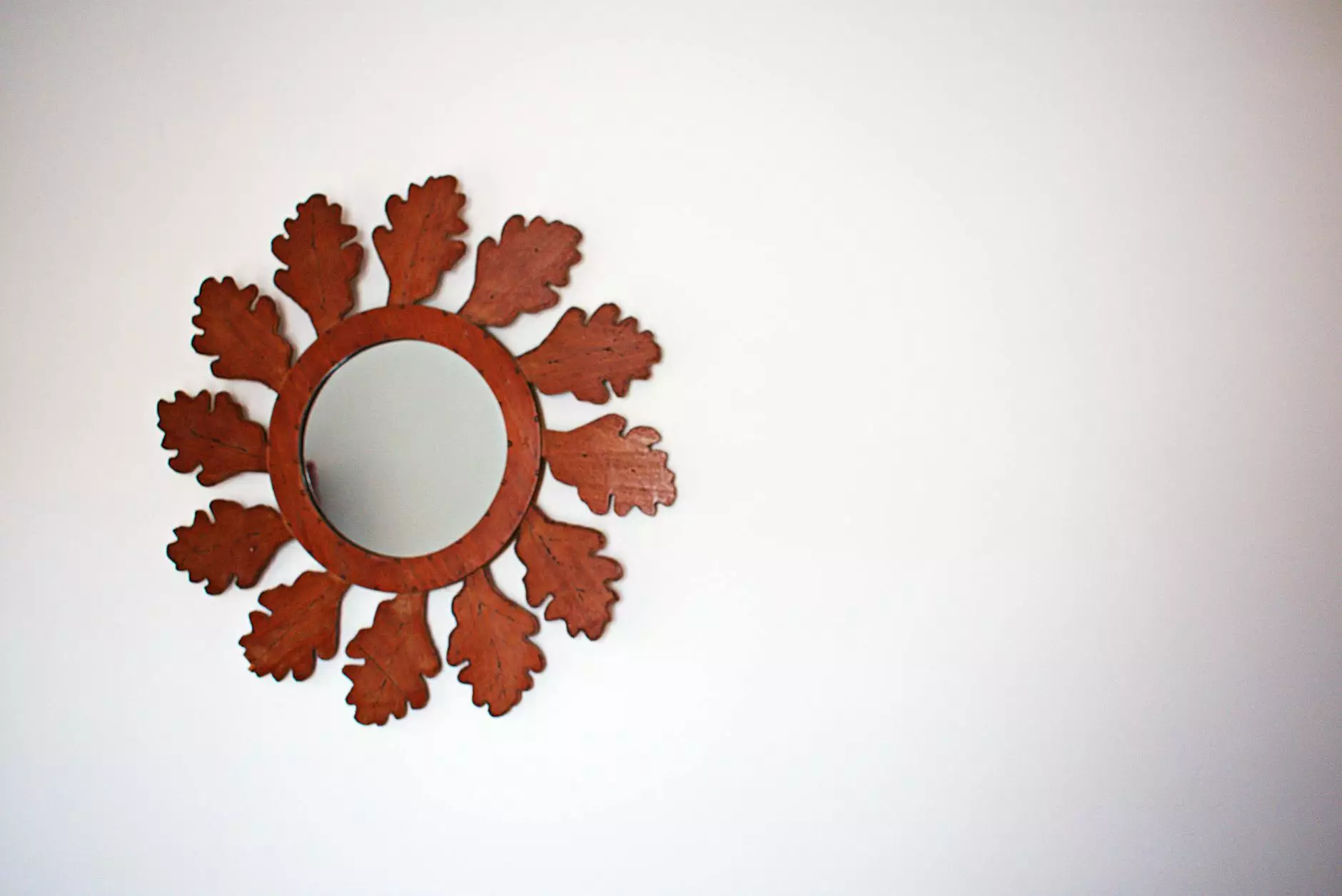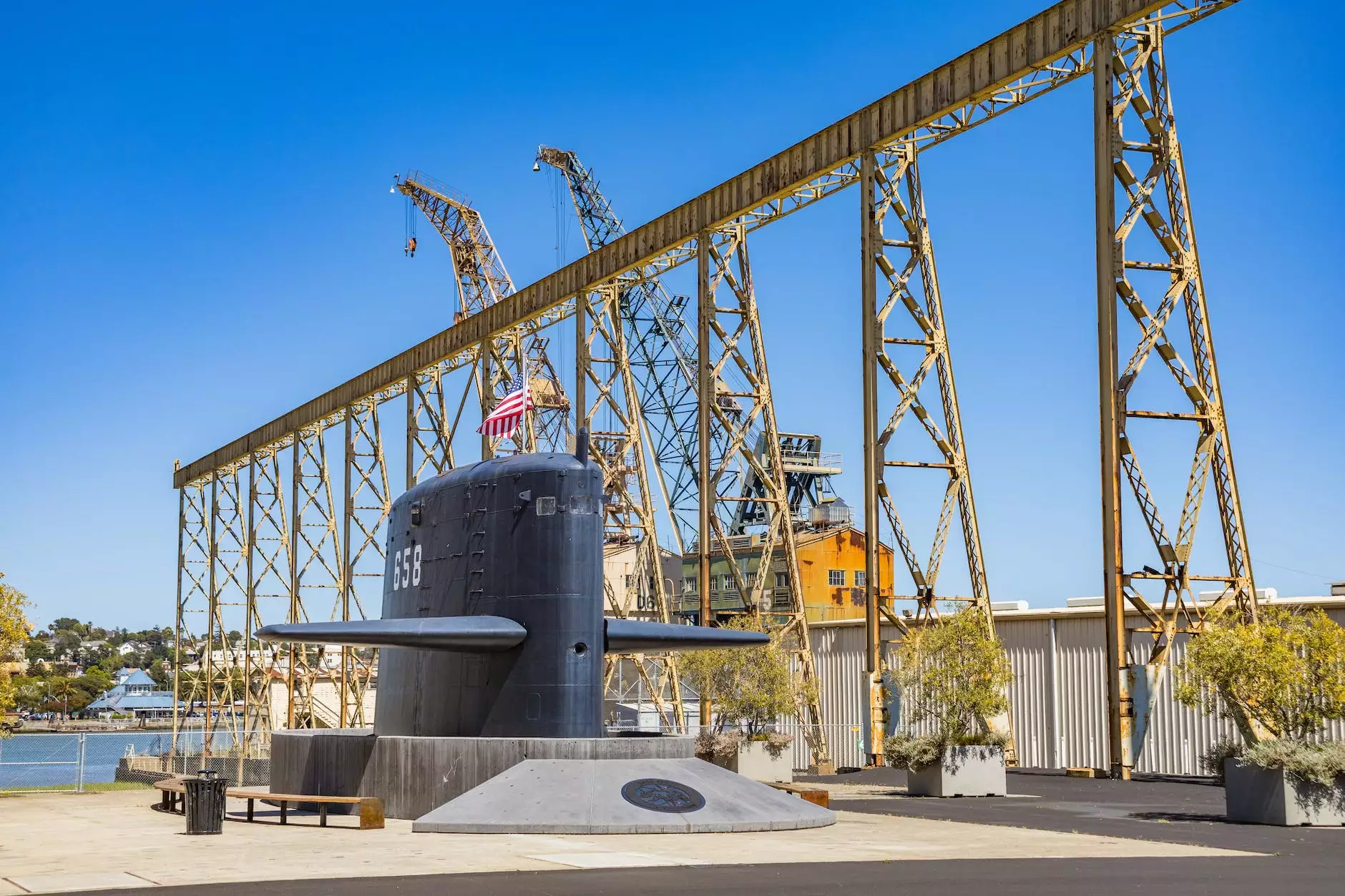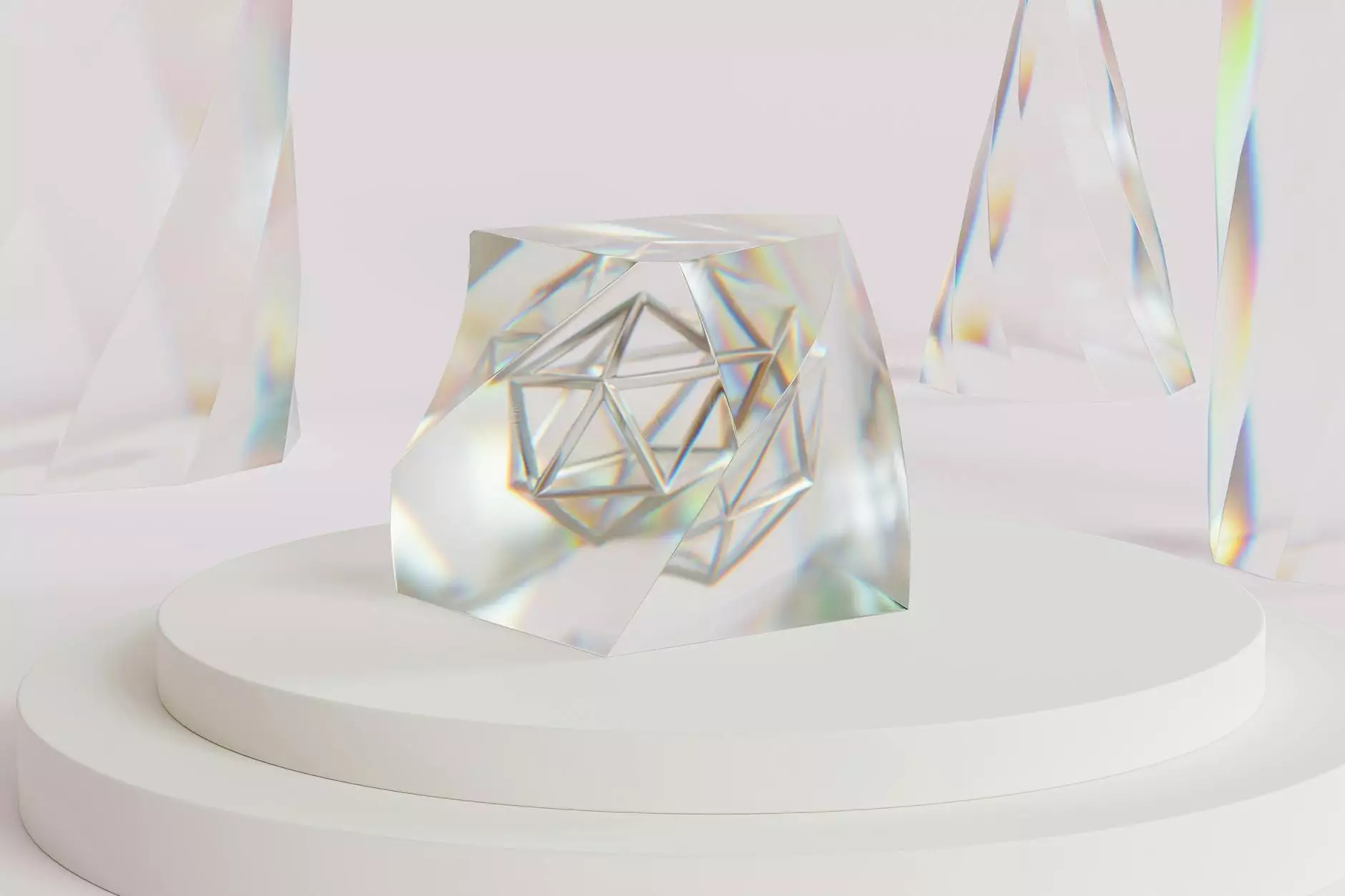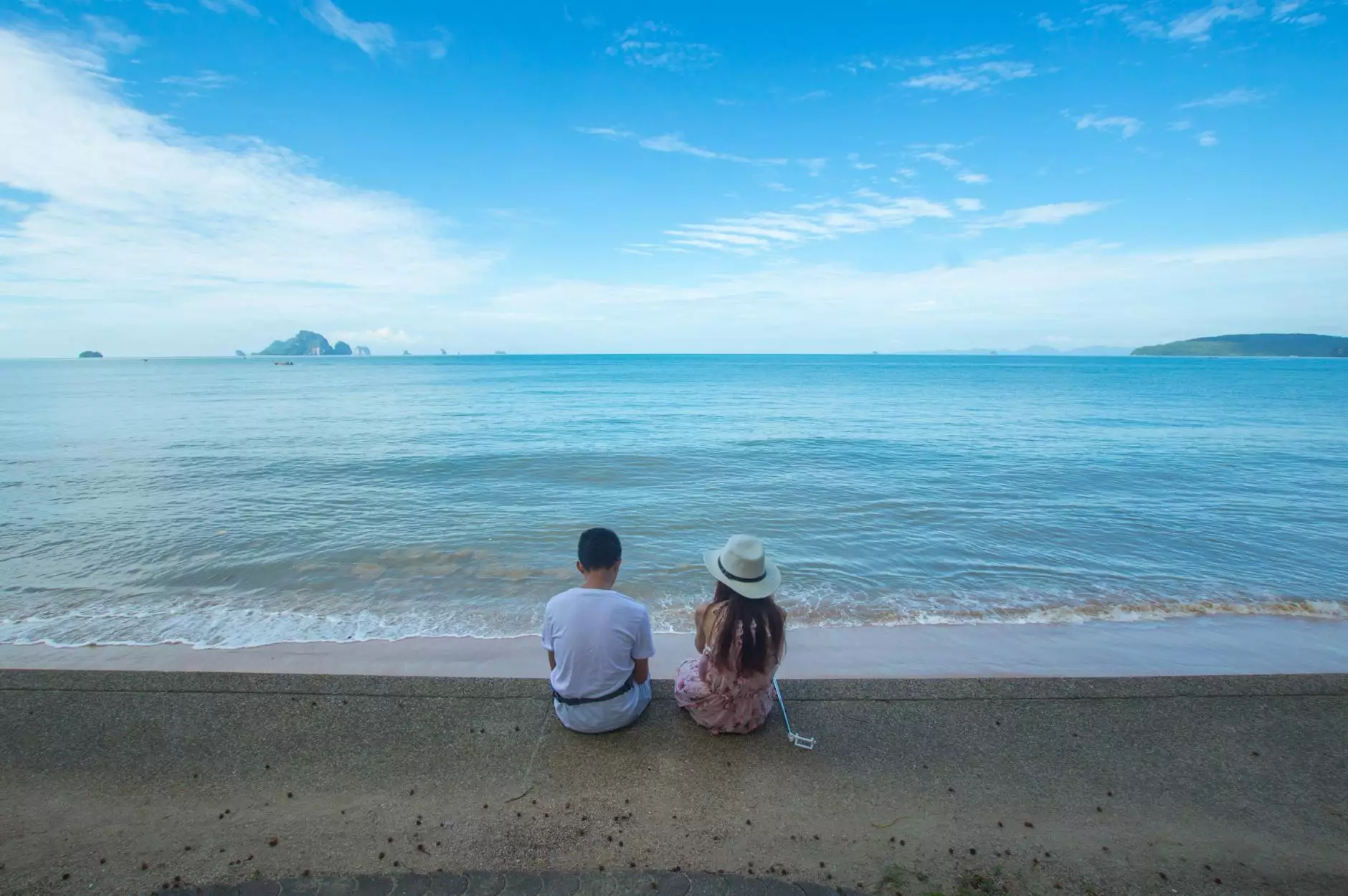Mauna Loa Earthquake - A Mild Reminder of Hawaii's Volcano Power
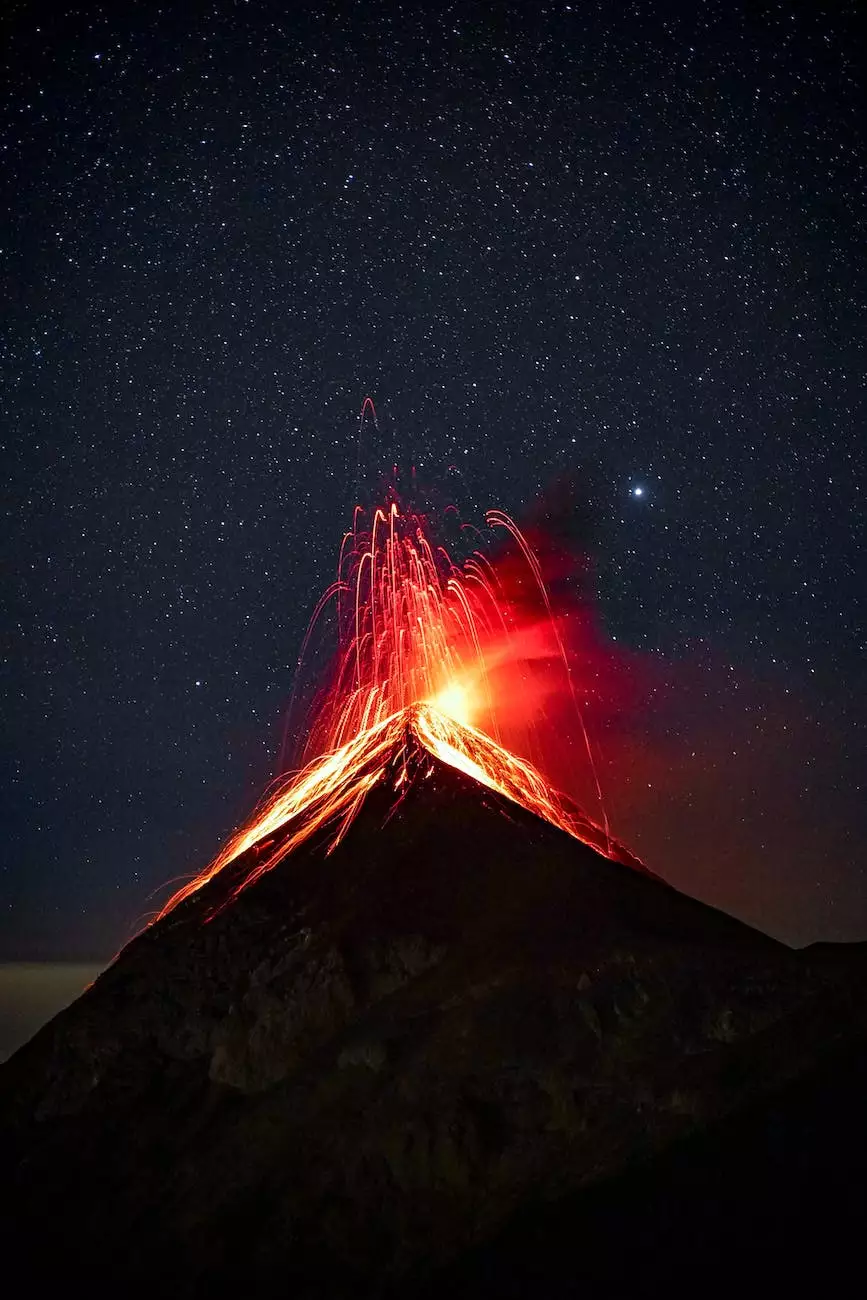
Mother Nature's Mighty Force
As we delve into the fascinating world of Hawaii's geological wonders, one cannot overlook the sheer force and might of its volcanoes. From the volcanic peaks of Mauna Kea to the majestic Mauna Loa, these awe-inspiring landmarks shape the very essence of the Hawaiian Islands. In this article, we explore the recent Mauna Loa earthquake and its gentle reminder of the potent power that lies dormant beneath our feet.
The Recent Mauna Loa Earthquake
On December 5, 2020, the Hawaiian Islands experienced a mild earthquake originating near Mauna Loa, a prominent shield volcano on the Big Island. While deemed a "mild quake" by geological standards, it serves as a reminder that Hawaii's volcanic activity is far from dormant.
Understanding Mauna Loa
Mauna Loa, known as the world's largest volcano in both mass and volume, stands as a testament to the sheer magnificence of nature's creative power. Rising over 13,000 feet above sea level, this imposing shield volcano presents itself as a prominent presence on the Big Island's landscape. Its last eruption occurred in 1984, but volcanic activity persists, as demonstrated by the recent earthquake.
Impact on the Island
Although the Mauna Loa earthquake did not result in significant damage, it served as a mild reminder that the islands remain highly susceptible to volcanic activity due to their geographical location. Earthquakes, such as this, remind residents and visitors alike of the ever-present potential for larger volcanic events.
Monitoring Hawaii's Volcanoes
To ensure the safety of communities living in proximity to Mauna Loa and other Hawaiian volcanoes, dedicated teams of scientists and geologists actively monitor volcanic activity around the clock. Advanced monitoring systems, including seismic sensors and satellite data, allow these experts to detect even the slightest changes in volcanic behavior, providing crucial information for timely warnings and evacuations if necessary.
Appreciating Hawaii's Volcanic Beauty
While volcanic activity does pose risks, it also contributes significantly to the unique beauty and ecological diversity of the Hawaiian Islands. Hawaiian flora has adapted to thrive in the nutrient-rich volcanic soils, leading to lush rainforests and vibrant plant life that cannot be found elsewhere. The islands' stunning landscapes, shaped by millions of years of volcanic activity, attract millions of tourists annually who come to witness the awe-inspiring power of nature up close.
The Importance of Preparedness
Living in a state that rests upon unstable geological foundations requires a certain level of preparedness from residents and visitors. Understanding the necessary steps to take in the event of an earthquake or volcanic eruption can make all the difference in ensuring the safety and well-being of individuals and communities.
Conclusion
As the recent Mauna Loa earthquake gently shook the Hawaiian Islands, it serves as a timely reminder of the immense power held within Hawaii's volcanoes. While scientists continue to study and monitor volcanic activity, it is crucial that we, as stewards of these beautiful islands, remain prepared and aware of the potential risks and rewards that come hand in hand with living on such geologically active land. Let us marvel at this incredible natural wonder, appreciating its beauty while respecting its raw power.




